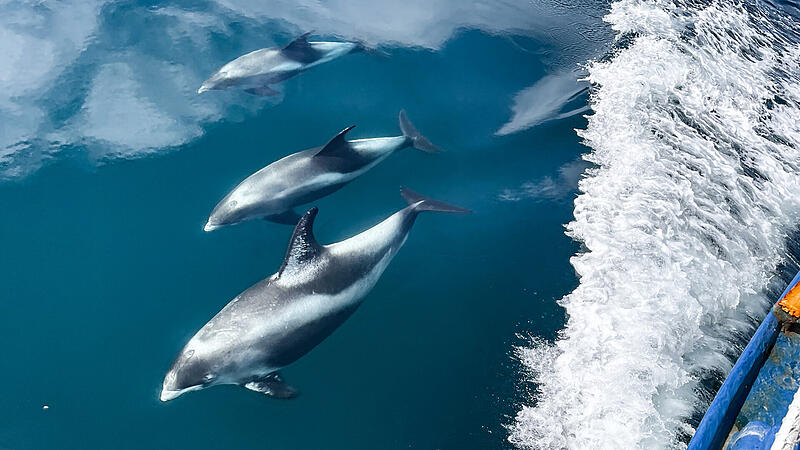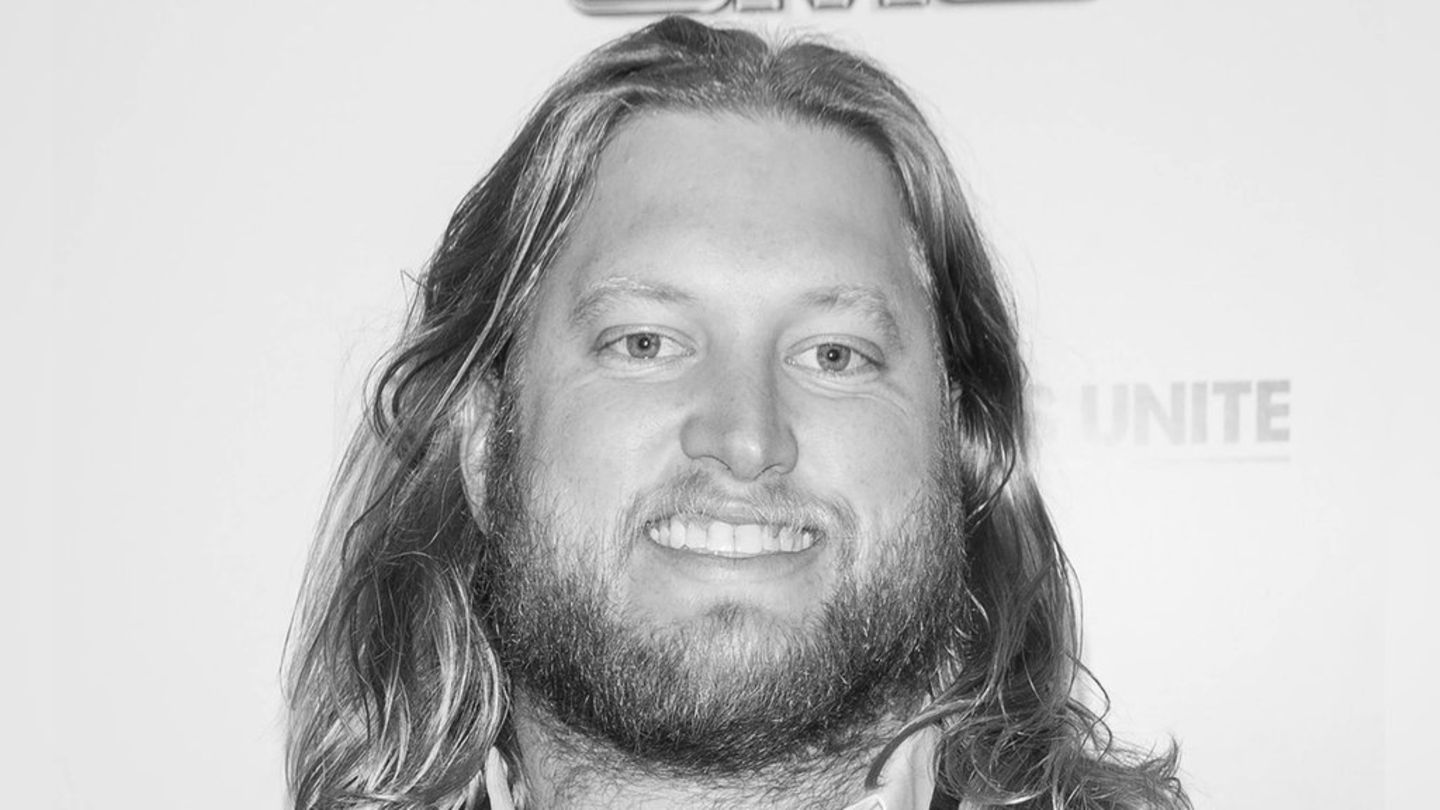When a whale glides past you and looks at you, you have the feeling that it is reading you and that it is watching you and not you.” The force with which such a 40-ton colossus moves in the water, the smoothness that he is able to radiate, and last but not least the ability to amaze even grown men and to evoke childlike joy – for Barbara Anderl it is moments like these that go very deep, “spiritual moments”, as the 38-year-old calls it: “I love my job there.”
If the weather is not too stormy and the waves are not too high, the first of three tours to Faxaflói Bay in front of the island’s capital, Reykjavik, starts at 8 a.m. The whales come to the large bay, which is 35 meters deep on average, to feed and rest. Barbara Anderl’s task on board is to introduce the passengers to the safety regulations and then to take the “watch position”. The highest point on the ship is her seat. It is best suited for tracking the marine mammals. Your trained eye reads the water surface, recognizes which changes on the water surface are not caused by the wind but by an animal, recognizes from the size and type of the fountains which species of whale is approaching. “In humpback whales, the so-called blow is three meters high, in fin whales the jet is more concentrated, but in minke whales it is very small, which is why they are also called minke whales,” explains the Mühlviertler, who grew up in Vorderweißenbach, studied “International Development” in Vienna and trained as a graphic designer in the second educational path.
On the road for five years
She’s been “on the road” for five years, as she puts it. Though only planning to stay a month or two, she spent four years in the Azores, where she discovered that animal welfare is an issue close to her heart, especially in connection with the ocean. “In the Azores, you look out to sea from the garden and see the whales. I just wanted to be closer to the animals.” In England she trained as a “Marine Mammal Observer”, completed safety courses and a boat license in Amsterdam in order to be able to work as a guide on whale watching boats. It’s her first season, but it won’t be the last. “I’ll be here in Iceland until October, then we’ll see. Something will definitely come up. Argentina would be an option, a beautiful country.”
The unforgettable whale moments from Iceland will accompany you. There are many of them, she assures. That of a young humpback whale stuck particularly well. “He dived up and down in front of the boat and appeared in front of every passenger with his upper body vertical and looked at him. At some point we had to go home and he swam after us. We almost had a bad conscience.”
Around 90 species of whales populate the world’s oceans. Barbara Anderl’s current preference is fin whales. “Simply because they are still hunted in Iceland. Seeing one means I have my fingers crossed for him and hope he stays with us in the bay where they are not allowed to be hunted.”
Video of an emerging whale:
This video is disabled
Please activate the categories Performance Cookies and Functional cookies in your cookie settings to view this item. My cookie settings
Source: Nachrichten




